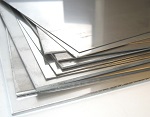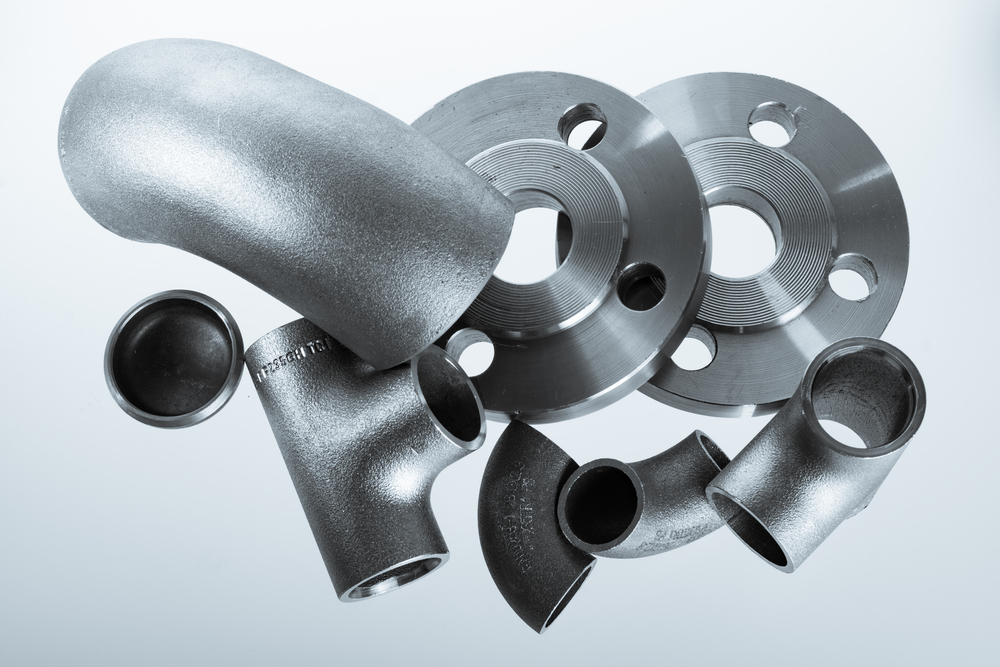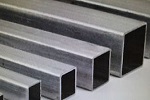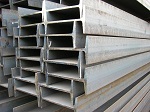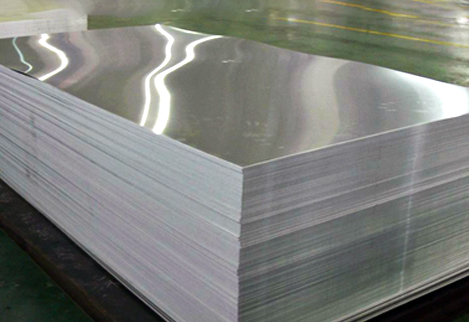A zinc coating is placed on steel or iron during the manufacturing process of galvanizing, or galvanization, to provide protection and stop rusting. There are other galvanizing procedures available used for galvanized steel, but hot-dip galvanizing is the one that is supplied and utilized the most frequently.
Stainless steel rod applications
There are a lot of uses for stainless steel rod s. A metal rod is crucial to every business, being used for everything from door handles to ladder rungs, reinforcing concrete to threading and holding things together. A threaded stainless steel rod can be used to hold objects together and ensure permanence, while a smooth stainless steel rod can be appealing and even decorative.
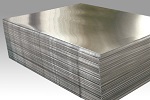
A spiral ridge that can span the entire length of a rod is referred to as a thread. The bar is kept in place during construction thanks to the thread. Threads might be spaced far apart or near together. When a round stainless steel bar is threaded, it produces a non-corrosive product that works well in harsh climates, outdoor projects, and marine conditions.
CONSERVING WALL H BEAMS AS COMPARED TO I BEAMS
There is a shape difference between the I and H beams used in retaining walls. The h beam sizes come in various qualities, among which you can choose—having wall H beams initially appear to be a superior alternative because they are generally more load-bearing and can be produced quickly and cheaply. Rolling steel is used to make H beams, which derive their name from how their cross-section looks like a capital H. The H beam has more extended flanges and a thicker center web than an I beam. An I beam has tapering flanges.
Profiles made of aluminum
The aluminum profile Singapore is typically used for structural purposes. Construction, architectural, and industrial profiles can all be distinguished based on their intended application.
- Construction profiles: Despite their low net weight, these profiles have strong bending and torsional stiffness.
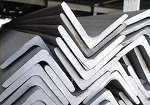
- Architectural profiles: The surface finish is crucial for these applications. Window, door, and curtain wall frames are created using architectural profiles.
- Industrial uses: Aluminum profiles are used for various industrial applications where stiffness and surface quality are not as crucial. However, the combination of these two factors and other material properties like conductivity allows for a wide range of applications for this by-product.
Innovative Applications of Schedule 40 Steel Pipe
Zinc is applied to steel pipes to create a gi sheet and tube. Including zinc increases the pipe's durability by enhancing its resistance to corrosion and mineral buildup. For more than 30 years, water supply lines in homes and businesses have been made of galvanized steel pipe. It works well for sewer piping as well.
Other applications for galvanized pipe include fences, railings, scaffolding, and irrigation systems for farms, in addition to water and sewer lines. It would be best if you are looking for the best quality steel grating. It has a lifespan of 40 years and is most useful for substantial construction projects. The galvanized pipe still corrodes more quickly than copper and PVC pipe despite having a zinc coating. Because the zinc clogs the line as it starts to flow, it cannot be utilized for gas lines.
